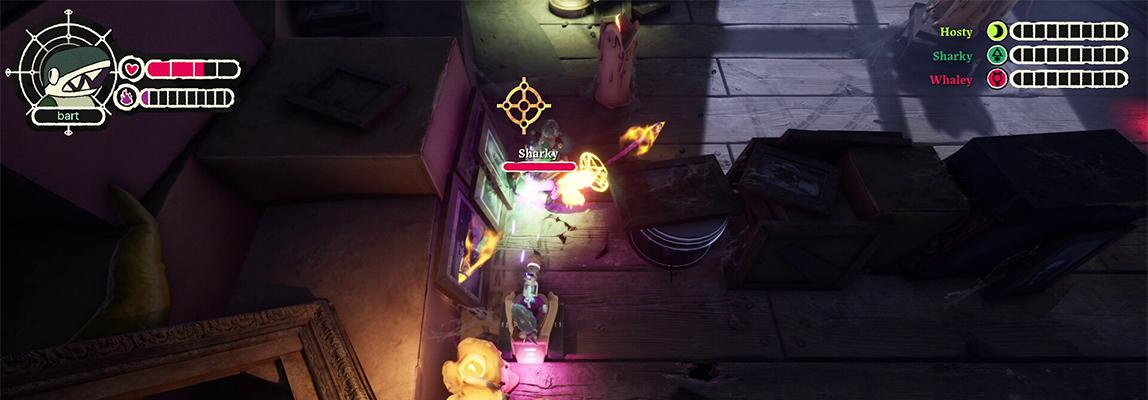
Managing challenges and creating fun: Michael Hadas Roffman's experience in game production
06/23/2023 - 12:46
We talked to Michael Hadas Roffman, a third-year Design & Production student who worked as a producer on the multiplayer game 'Attic Panic'.